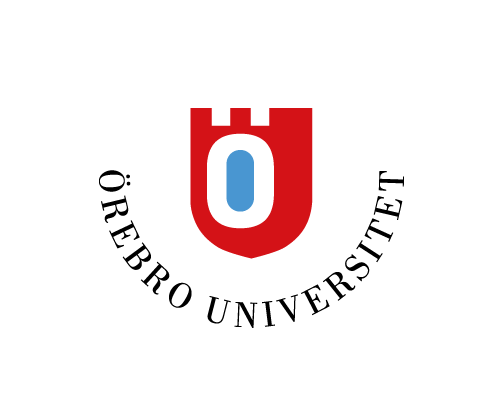The self-sufficiency of Sweden and Europe in raw materials such as metals and minerals is a pressing issue. In an increasingly unstable geopolitical landscape, we are facing a massive green transition. Fossil energy must be replaced with renewable sources, electrification must accelerate, and sustainable infrastructure must be built.
To achieve this, we need vast amounts of metals. Lithium, cobalt, neodymium, and graphite—all critical for batteries and electric vehicles—have never before been mined in Sweden at the scale that may now be required. Instead, they are imported from countries where environmental laws and labor conditions are significantly weaker than in Europe.
However, starting new mines in Sweden is a challenge. Many people are concerned about land use, noise, dust, and the impact on nature and water.
Recently, Novus conducted a survey on public attitudes toward Sweden’s mining industry. According to the results, 64% of Swedes believe the industry should develop to secure access to essential metals, 74% consider mining important for the Swedish economy, and 67% see it as a source of more jobs. At the same time, 72% believe there is a conflict between mining and environmental concerns.
Instead of dismissing these concerns, we must listen and understand where they come from. Trust is not built by merely meeting minimum requirements but by going beyond them. Skepticism toward new mines is not just about conflicting interests or environmental worries; it is also about consumption: What do we truly need, and how can we reduce our dependence on virgin raw materials?
The greatest challenges lie in the increasing demand for raw materials for the energy transition, the need to develop new technologies, and ensuring a well-educated workforce.
At the same time, we must become better at valuing our resources. How much energy, effort, and resources were used to extract the raw materials for your bicycle, your tool, or your toy? We care about eating locally sourced food, but when was the last time you asked where your metals come from and how they were mined? To address these challenges, the industry must improve interdisciplinary research and spread awareness of mining’s crucial role in society.
I believe we must become better at recycling metals, use AI to optimize mining operations, develop new extraction techniques that reduce energy consumption, and advance fossil-free mining vehicles.
There is a tremendous need to attract future innovators and engineers to the industry—but how do we help young people understand that what we extract from the ground directly impacts their daily lives?
Ten years ago, I carried out a project with secondary school students (ages 13-16) in Kumla, Ljusnarsberg, and Skinnskatteberg. The goal was to find solutions to local environmental problems, all in some way related to mining. The students gathered materials, designed their experiments, and worked on the project during their chemistry lessons each week. Their experiments became part of a real research project, and their results contributed to a doctoral dissertation and were presented at international scientific conferences.
Evaluations of the project showed that many students initially found chemistry difficult and abstract, with little connection to reality. By working on real-world problems, their attitudes changed, and they became more engaged. They were also more motivated when they realized their work was “real” and that their results could contribute to solving environmental issues.
By following the entire research process—from field sampling to laboratory analysis and report writing—the students gained practical experience in how research works.
Because the projects focused on environmental issues in the students’ local areas, the questions became more relevant and concrete to them. Several students stated that they had developed a greater interest in science and could see a future in research or chemistry.
I believe this could be a way to strengthen interest in science and technology and promote a scientific approach to inspire a new generation of engineers and researchers.
We have an opportunity to shape a more sustainable future, but that requires us to recognize our geo-resources for what they truly are—essential building blocks for a greener world. And to do that, we must start with knowledge, engagement, and a willingness to invest in future generations.
It is time to value what lies beneath our feet—while also inspiring the next generation to become part of technological and sustainable innovation. A great question to start with is: Where do my metals actually come from, and what would my daily life look like without them?

